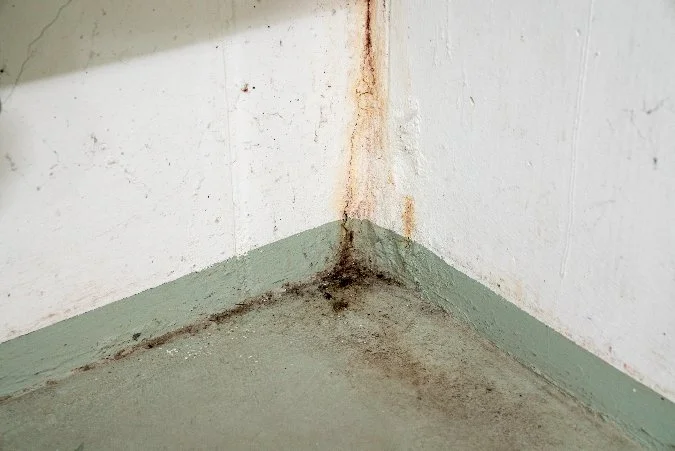Affordable Ways to Waterproof Your Basement and Protect Your Home
As a homeowner, protecting your investment should always be a top priority. One vulnerable area of the home that often gets overlooked is the basement. Whether you use it as an extra living space or simply for storage, ensuring that your basement is waterproofed can save you from potential disasters and costly repairs in the future. While waterproofing may seem like a daunting and expensive task, there are actually many affordable ways to do it yourself and effectively protect your home. In this blog post, we will discuss some budget-friendly options for waterproofing your basement so that you can have peace of mind knowing your home is safe and secure from any water damage.
Common Causes of Water Damage in Basements
Basements are typically the lowest level of a home and are, therefore, more susceptible to water damage compared to other areas of your house. Common causes of water damage in basements include poor drainage, cracks in walls and floors, and high humidity. Poor drainage may result from clogged gutters, an improperly graded yard, or a lack of proper drainage systems. Cracks in walls and floors may allow water to enter the basement through gaps and its foundation. High humidity can also increase the risk of mold growth and water damage. It's important to address these issues as soon as they arise to prevent further damage and to ensure your home remains safe and healthy.
How to Properly Seal Cracks and Gaps in Basement Walls
Basement waterproofing is an essential part of home maintenance that should be noticed. One of the most effective ways to ensure that your basement stays dry is by properly sealing any cracks or gaps in the walls with caulk or hydraulic cement. Before starting, it's important to make sure that the area is dry and free from any debris. Then, choose the appropriate sealant based on the size and location of the crack or gap. Apply the sealant using a caulking gun or trowel and smooth out any excess. Wait for the sealant to dry completely before testing for any leaks. By following these simple steps, you can protect your home from water damage and keep your basement dry for years to come.
Installing a Proper Drainage System
Installing a proper drainage system is crucial in preventing water from entering your basement. With heavy rain and snowmelt, it's important to ensure that water is directed away from your home’s foundation. This can be accomplished by adding downspout extensions, re-grading the yard so it slopes away from the foundation, adding French drains, or installing a sump pump. One of the most important steps in installing a drainage system is to ensure proper installation. Improper installation can lead to water seeping into your basement, causing water damage and costly repairs. By following proper installation guidelines, you can protect your home and give yourself peace of mind during harsh weather conditions. Remember, always consult with a professional if you're unsure about installation procedures or if your drainage system needs repairs.
Using Waterproof Paint and Coatings
Homeowners who want to safeguard their basements from water damage have an additional tool at their disposal. Waterproof paint and coatings offer a cost-effective solution to protect basement walls from moisture infiltration. These specialized paints create a tight seal on the surfaces, making them resistant to water penetration. This added layer of protection not only keeps the area dry, but also helps to prevent the growth of mold and mildew. It is crucial to choose the right type of paint or coating for the job and to follow the instructions for proper application. When used correctly, waterproof paints and coatings can serve as a valuable barrier against water damage, giving peace of mind to homeowners who want to protect their homes from costly repair bills.
Installing Window Well Covers
Ensuring that your basement stays dry is an essential part of home maintenance. Installing window well covers is a cost-effective way to prevent water from entering through your basement windows. These covers are specially designed to keep debris and water out, protecting your home from potential water damage. It is important to choose the right size and style of cover to ensure a proper fit and optimal protection for your home. There are various affordable options available for window well covers, making it an easy and smart investment for any homeowner looking to safeguard their property. Remember, prevention is always better than dealing with the headache of water damage later.
As we have seen, water damage in basements can be a major issue for homeowners and can result in costly repairs. However, by being aware of the common causes of basement water damage and taking preventative measures, such as sealing cracks, installing a proper drainage system, and using waterproof paint and coatings, you can protect your home from potential disasters. It is important to stay vigilant and regularly inspect your basement for any signs of water intrusion. Be sure to address leaks and seepage before it's too late. Remember, with proper maintenance and simple DIY solutions like window well covers, you can save yourself from dealing with the headaches and financial burden of basement water damage. So what are you waiting for? Start applying these tips today to keep your basement dry and protected.


